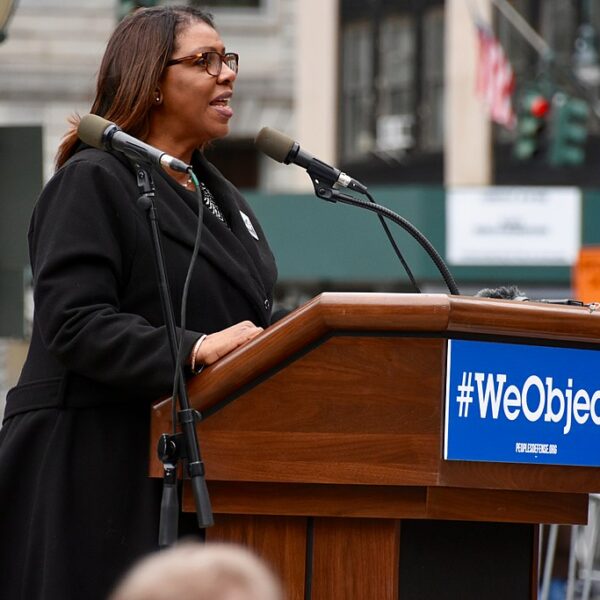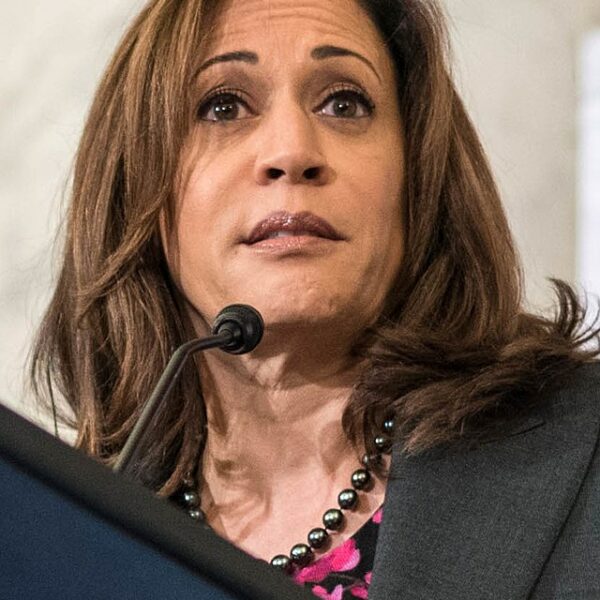
It appears that President Trump is winding down another armed conflict involving American troops. The Pentagon is reportedly drafting plans for a full U.S. military withdrawal from Syria, according to two defense officials, amid ongoing deliberations within the Trump administration over scaling back American deployments in the region.
Trump’s newly appointed national security adviser, Mike Waltz, recently visited U.S. Central Command (CENTCOM) headquarters in Tampa, Florida, where he received briefings on Middle Eastern operations. Waltz’s visit coincided with Israeli Prime Minister Benjamin Netanyahu’s meeting at the White House, with Jordan’s King Abdullah also scheduled to visit Washington in the coming days, according to NBC News.
President Donald Trump and officials close to him recently expressed interest in pulling U.S. troops out of Syria, the officials said, leading Pentagon officials to begin drawing up plans for a full withdrawal in 30, 60 or 90 days.
A White House official said the potential reduction of U.S. forces in Syria was not a topic of the briefing or the purpose of Waltz’s visit.
“It’s good for NSA Waltz to visit CENTCOM to get a sense of the entire region,” the White House official said, pointing out that Israeli Prime Minister Benjamin Netanyahu visited the White House on Tuesday and that Jordan’s King Abdullah is scheduled to visit next week.
Last Thursday, a reporter asked Trump at an Oval Office media event about reports he had informed the Israeli government about pulling U.S. troops out of Syria.
“I don’t know who said that. I mean, I don’t know who said that, but we’ll make a determination on that. We’re not getting, we’re not involved in Syria,” Trump replied. “Syria is its own mess. They got enough messes over there. They don’t need us involved in everyone.”
In 2019, Trump ordered then-Defense Secretary James Mattis to execute a full drawdown—an order Mattis strongly opposed, ultimately resigning in protest. Although Trump initially withdrew most forces, subsequent redeployments ensured a sustained U.S. military presence in Syria. Official figures released in December suggest that approximately 2,000 American troops are currently stationed there, a significant increase from the previously disclosed number of 900. The Pentagon, however, maintains that these additional forces are merely “temporary rotational troops” assigned to short-term missions.
The U.S. mission in Syria ostensibly centers on counterterrorism—specifically, the containment of the Islamic State and support for the Kurdish-led Syrian Democratic Forces. These Kurdish militias remain integral to the security of detention facilities housing more than 50,000 individuals, including 9,000 ISIS fighters. Defense officials warn that a full withdrawal could destabilize the region, potentially precipitating mass prison breaks and a resurgence of ISIS activity.
Beyond counterterrorism, CENTCOM recently conducted an airstrike in northwest Syria targeting Muhammad Salah al-Za’bir, a senior figure in the Al Qaeda-linked group Hurras al-Din—underscoring the continued entanglement of U.S. military assets in the region, noted Reuters.
Meanwhile, Syria’s political landscape has undergone seismic shifts. In a stunning turn of events, the insurgent coalition Hayat Tahrir al-Sham overthrew the government of Bashar al-Assad in December, seizing control of the country. HTS—an offshoot of Al Qaeda’s former Syrian branch—has since positioned itself as Syria’s new governing authority. Its leader, Ahmed al-Sharaa (better known as Abu Mohammad al-Jolani), has pledged to establish a transitional government and hold elections within the next four years.
Diplomatically, the U.S. has taken a remarkable step: in December, American officials engaged in direct negotiations with HTS representatives, marking the first formal U.S.-Syria talks in over a decade. These discussions reportedly focused on stabilizing the country in the wake of Assad’s ouster and shaping Syria’s post-war political trajectory.
[Read More: Trump Says He’ll Take Gaza]











